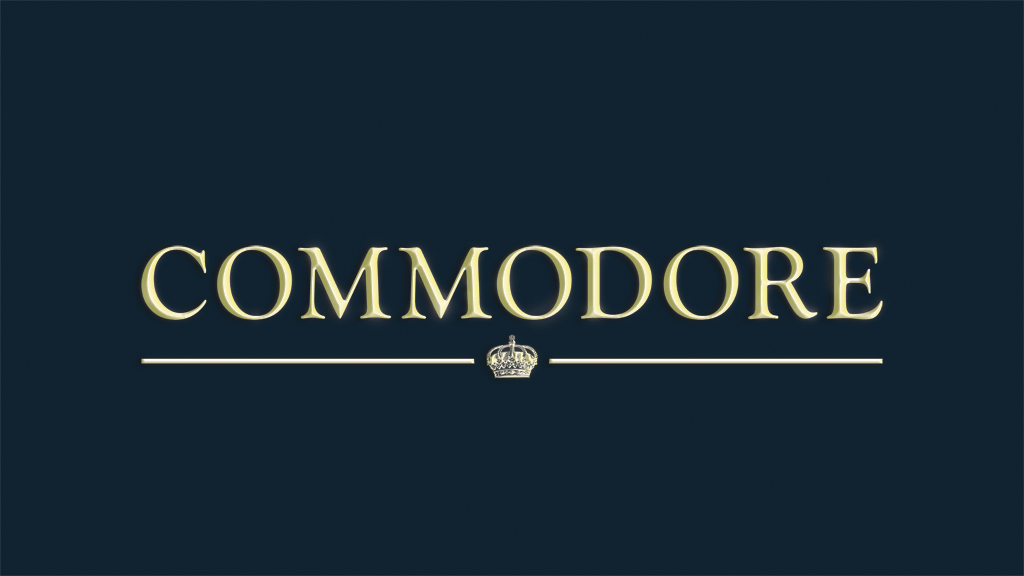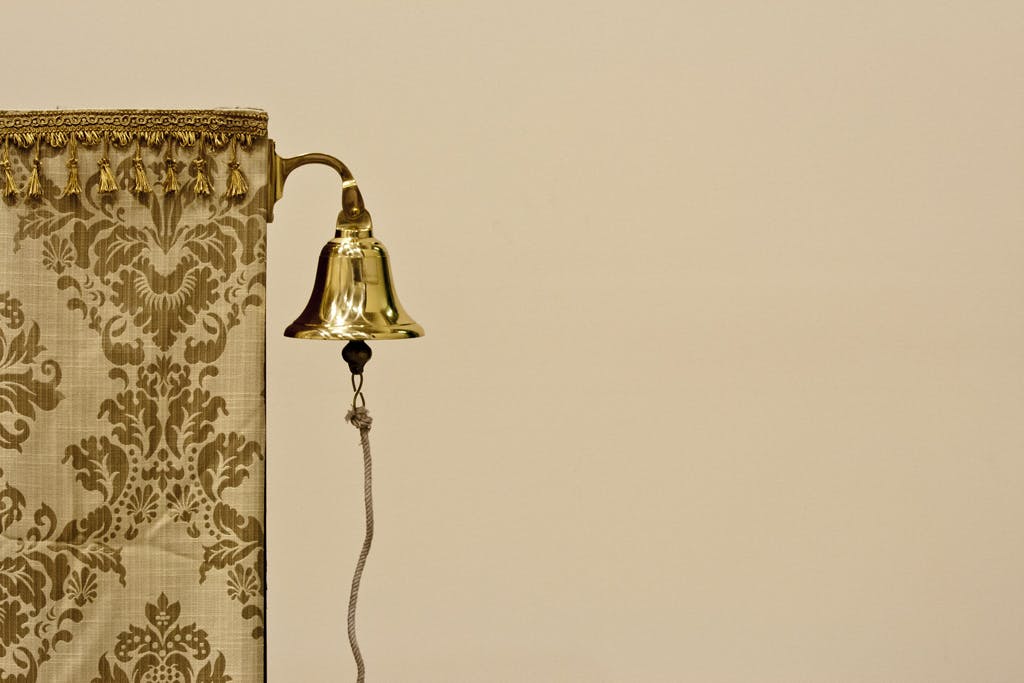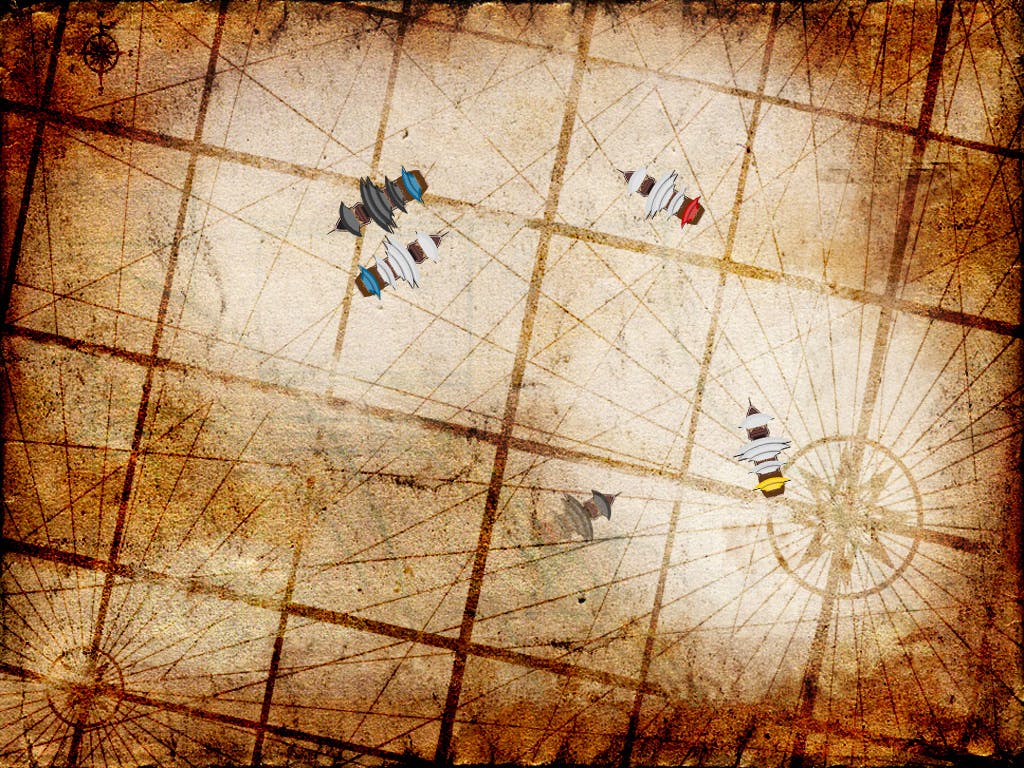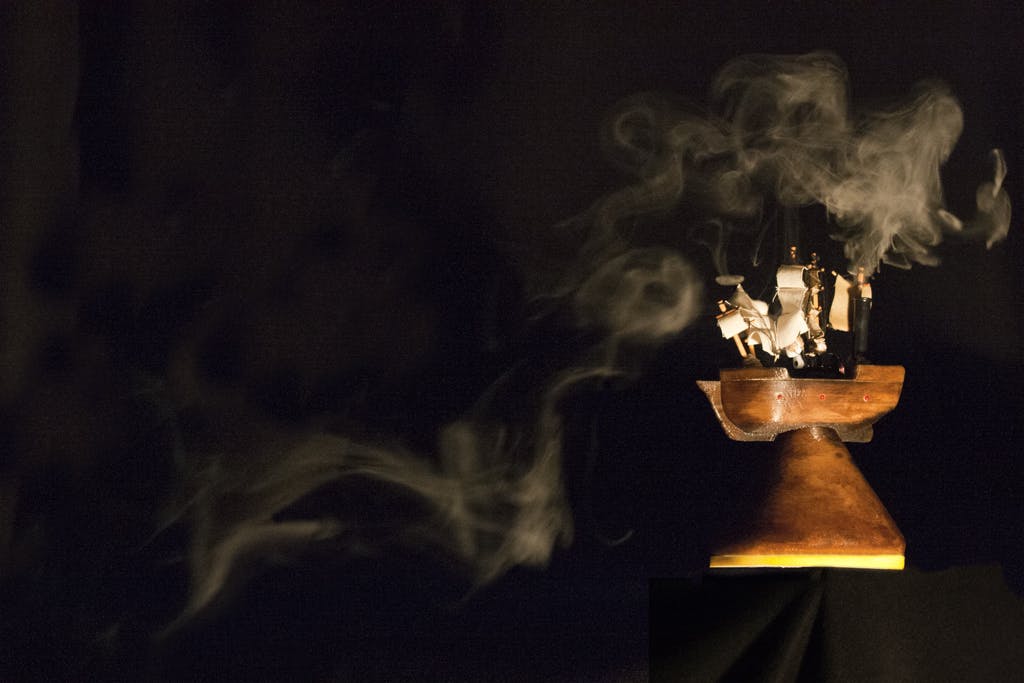Commodore
A real-time strategy two-player competitive table-top game of Battleship
Key technologies

Adobe Flash

Arduino

Reactivision

Electronics
Project details
Brief
Create a work which reflects your practice as a creative and a communication designer
Strategy
A real-time strategy two-player competitive tangible media implementation of Battleship
Implementation
Players seek and attack their enemies on a custom-built tangible media installation
Deliverables
- Design installation
- commodore-game.com
Institution
Queensland University of Technology
Degree
Bachelor of Creative Industries
Product Owner
Markets
- Australia
Audience
- Invited creative industries delegates
- Museum curators
- Children
Lifespan
11 November 2009
Campaign
Concept
Commodore exposes the hidden realms of military tacticians by utilising a plotting table to simulate a naval battlefield.
Players can command their fleet on the plotting table and watch their orders affect the theatre of war.
Video by Michael Rowe and Bashkim Isai
Artefacts
Installation layout
Two players, Black (the Pirates) and White (the Establishment), compete against each other on individual physical plotting tables sharing a virtual naval battlefield.
A player cannot see its opponent's plotting table; therefore they cannot peek at their opponent's strategy.

Declaring war
Each player signifies their intent to begin playing by ringing their ship's bell, declaring war on their opponent.
Traditionally, the colours Blue and Red are used to distinguish between two opposing factions in conflict. These colours originate from the Prussian military training system of Kriegsspiel (literally meaning "war game") invented in 1812; however, Black was chosen to represent players as Pirates and White was chosen as a contrasting colour to represent the Establishment.
This picture depicts the bell of the White player, standing on the side of the division where the White curtain is adorned.
Photograph by Jacque Prior

Gameplay
Each player commands a fleet of three ships with different abilities:
- Blue: extended projectile range, for attack
- Red: strong against attack, for defence
- Yellow: moves swiftly but weak, for scouting
Each player's fleet is commanded on the naval battlefield by moving the physical ships on the plotting table. When so ordered, the virtual projection of the ship navigates to its instructed position using a Boids algorithm.
As a player navigates around the theatre of war, their movements reveal and retreat a fog of war; through this exploration, their opponent's location will become apparent.
This screen depicts the perspective of the White player, their Blue ship is aligning broadsides with the opponent's Blue ship and the opponent's Red ship is peeking through the fog of war.
The winner of the game is the player who sinks their opponent's Blue ship; much like checkmating a King in a game of Chess.

Aesthetics
The installation draws on naval warfare strategy and visual aesthetics typical of the British Regency period (1811-1820).
The plotting tables are constructed with stained wood to symbolise the hull of a ship. Brass instruments are used for the cannon triggers and as decorative features through the physical design.
The virtual naval battlefield is represented with paper-style cartography, and cannonballs appear on the map as ink splatters when they miss their target.
The strategy and design of the installation were inspired by artefacts from the Queensland Maritime Museum in Brisbane, Australia and the National Maritime Museum in Greenwich, United Kingdom.
Attacking
When two opposing ships align broadsides on the naval battlefield, a player can attack its foe by engaging the corresponding ships' cannon trigger, situated on their side of the plotting table. This physical action produces a satisfying bang as feedback.
Once a ship fires at its enemy, it must wait until the artillery has reloaded before it can fire again. A reloading ship has a doused LED.
Photograph by Jacque Prior

Feedback
As a ship is weakened in the game, smoke will begin to billow from its corresponding physical icon. This encourages the player to retreat and rethink their victory strategy.
When your ship is crippled and can no longer be used, the mainmast falls: signifying its demise.
Photograph by Jacque Prior

Exhibitions
This Way Up
QUT Creative Industries
Brisbane, Australia
Collaborators
Product Owner
Carpentry
Concept Development
Concept Development
Concept Development
Electronic Engineering
Electronic Engineering
Industrial Design
3D Scanning & Design
Rapid Prototyping
Illustrations
Photography & Logo
Illustrations
Algorithm Development
Technical Assistance
IT Equipment
Composer & Sampling